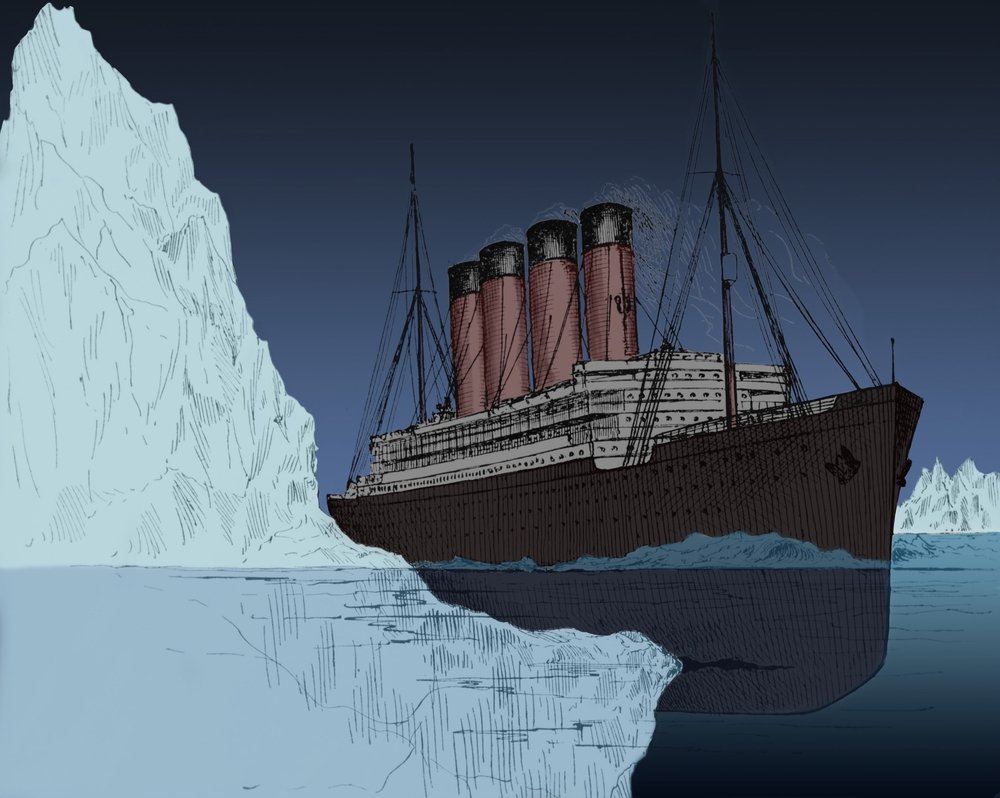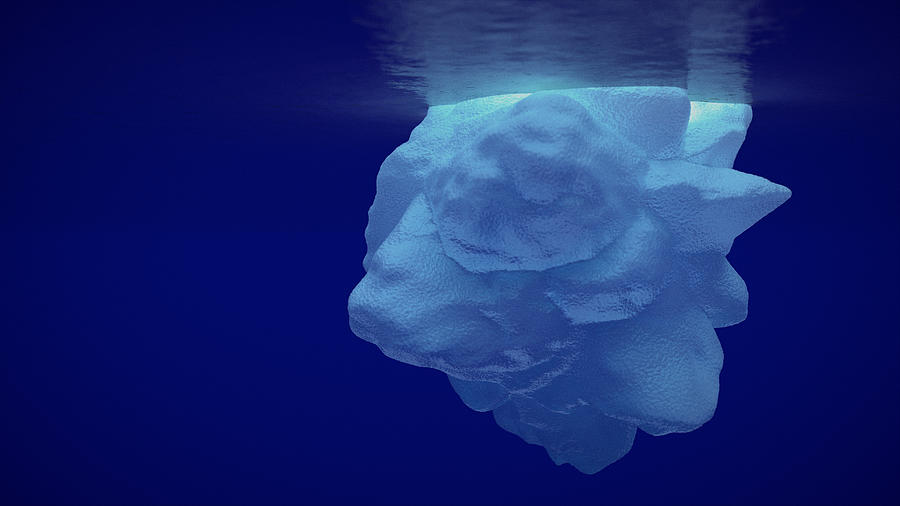
The berg broke off from the western side of Antarctica’s Ronne Ice Shelf into the Weddell Sea. An enormous iceberg – named A-76 – is now the biggest iceberg on Earth. Because a ship may steer to avoid a large parent berg it may be in greater danger from undetected growlers or bergy bits drifting nearby. Can an iceberg follow a ship?Īn iceberg is a very large object that can be detected in the open sea both visually and by radar. A: It is risky and there is a chance that the iceberg could collapse and if it does we could die. Q: Cold temperatures 45-metre icebergs one-metre swells this sounds like a dangerous hobby. You can’t use your feet so you have to use your arms to pull yourself up and onto the iceberg. So while the amount of sea water displaced by the iceberg is equal to its weight the melted fresh water will take up a slightly larger volume than the displaced salt water. Why do icebergs not melt in salt water?įresh water of which icebergs are made is less dense than salty sea water. The density of ice is 0.9167–0.9168 g/cm3 at 0 ☌ and standard atmospheric pressure (101 325 Pa) whereas water has a density of 0.9998–0.999863 g/cm3 at the same temperature and pressure. Seawater is slightly denser than ice and this means that the iceberg floats with most of its mass below the surface. The tip of an iceberg which is visible above the waterline is usually only about 1/7 or 1/8 of the mass of an iceberg. The average depth or draught of an iceberg is slightly less than its apparent length above water. Q: How much of an iceberg is below water? A: Almost 90% of an iceberg is under water hence the phrase “tip of the iceberg.” Its maximum width under water is 20-30% larger than you can see at the surface. That the tip of the iceberg is just 11% is a result of a simple calculation. So 89% of a free-floating iceberg is submerged beneath the surface of the ocean we only see 11% of it above the surface of the ocean. What fraction of an iceberg is submerged? Only 1/7 to 1/8 of an iceberg can be seen above water.

In fact on average only 1/10th of an iceberg is above the surface of the water. However because the difference in relative density between ice and sea water is small only some of the iceberg floats above the water. Ice has a slightly lower density than seawater so we see ice floating above the surface of oceans. As you can see the convenient definition of the gram gives us a quick way to see how much of a floating substance lies below the surface of fresh water: the fraction is equal to that substance’s mass density in g/cm?. Over 87% of an iceberg’s volume (and mass) is underwater.


How big was the iceberg that the Titanic hit?.Does the iceberg from the Titanic still exist?.What is the underwater part of an iceberg called?.What fraction of an iceberg is submerged?.The footage should also help scientists identify species that are observed on and around the Titanic, while archaeologists will be able to document the wreck and debris field in better detail. "The amazing detail in the 8K footage will help our team of scientists and maritime archaeologists characterize the decay of the Titanic more precisely as we capture new footage in 2023 and beyond," Stockton Rush, the company's president, explained. OceanGate Expeditions hopes the new footage will determine the ship's current rate of decay. In addition to the Titanic's bow and port-side anchor, the footage also showed the ship's two hulls, anchor chain, one of its cargo holds and the vessel's solid bronze capstans. "I've been studying the wreck for decades and have completed multiple dives, and I can't recall seeing any other image showing this level of detail," Rory Golden, OceanGate Expeditions' Titanic expert and veteran Titanic diver, was quoted as saying in a press release. The video featured the rusted vessel's port-side anchor as well, with the name of the device's manufacturer, Noah Hingley & Sons, visible. OceanGate Expeditions' footage showed the Titanic's bow, which was the portion of the ship to sink first after the British passenger liner hit an iceberg on the night of April 14, 1912, during its maiden voyage from England to the United States. 8K, named after its near-8,000-pixel horizontal resolution of 7,680, is the highest approved resolution in the ITU Radiocommunication Sector's Rec.


 0 kommentar(er)
0 kommentar(er)
